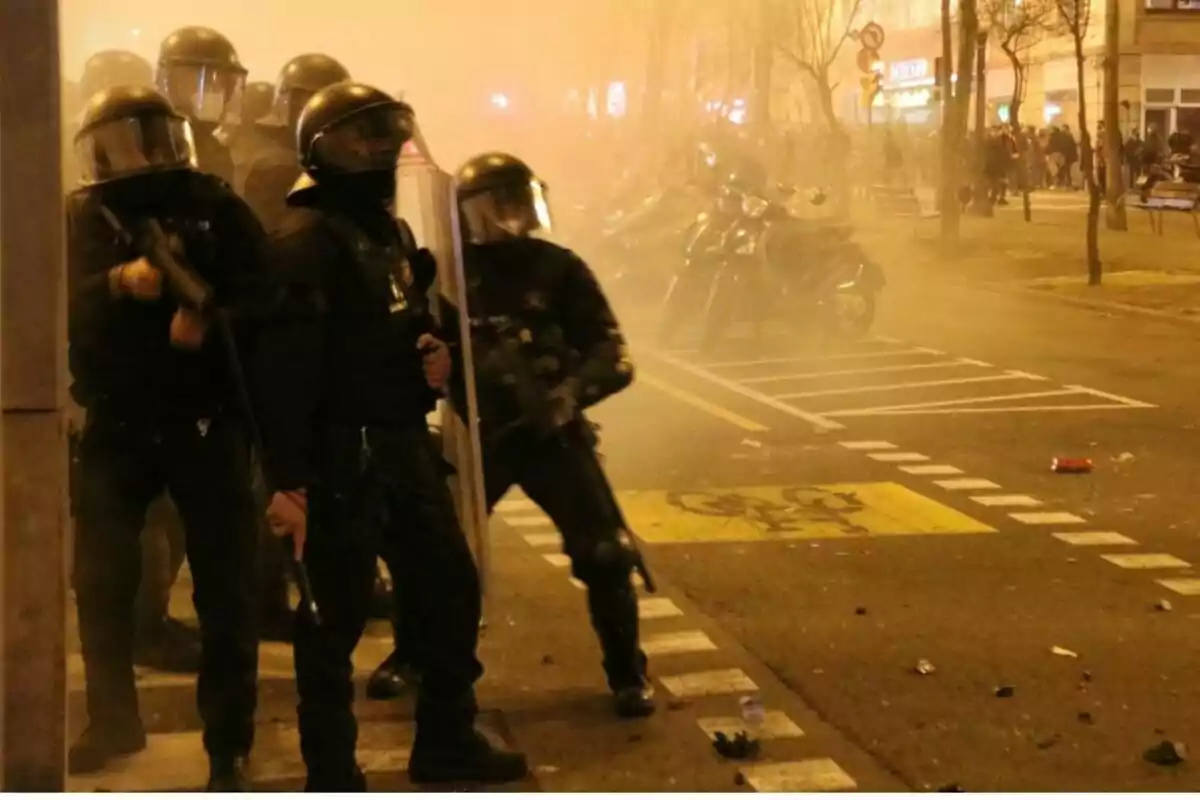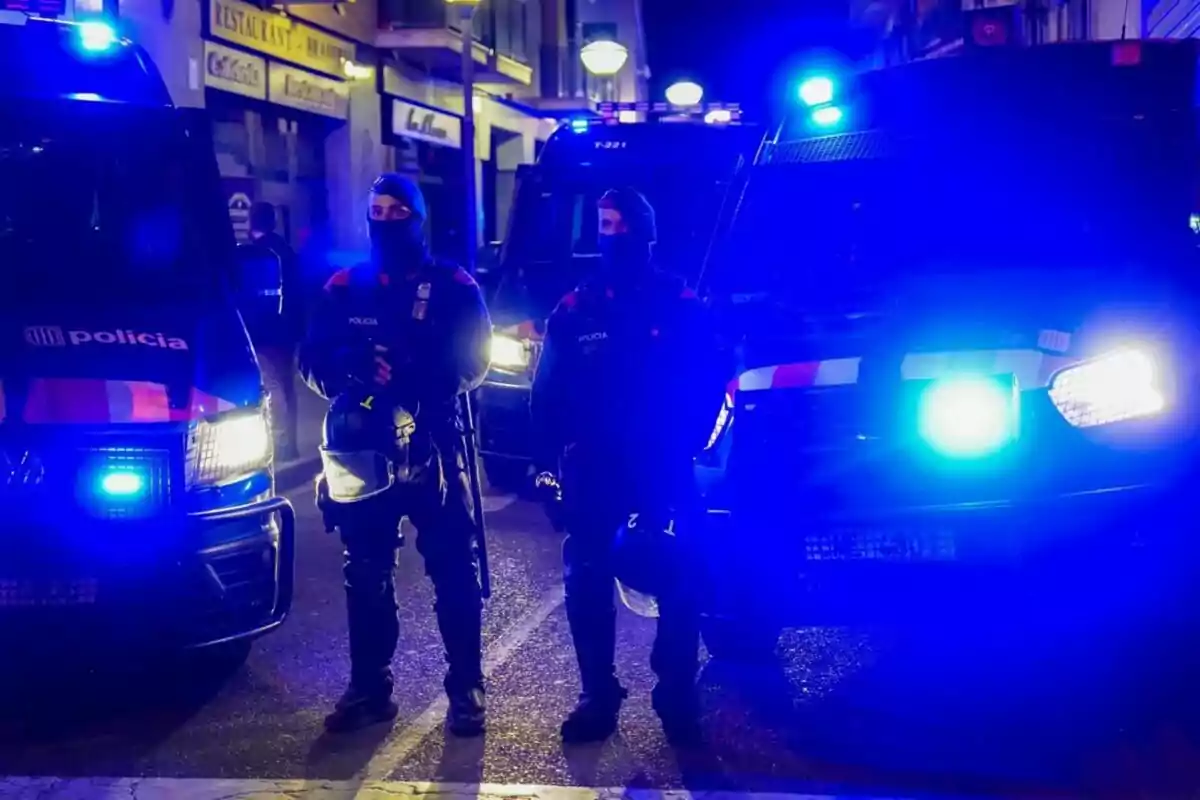
After Salt and Mataró, Lérida Shows the Breakdown of Public Order in Catalonia
Neighborhoods like Font de la Pòlvora, Cerdanyola, and La Mariola are dangerously approaching no-go zones
A new outbreak of violence, this time in Lérida, has highlighted the concerning loss of control over public order in Catalonia. With nuances, the disturbances experienced in recent weeks in Salt, Mataró, and Lérida share the same pattern. These are highly degraded neighborhoods where law enforcement has lost any authority.
Neighborhoods like Font de la Pòlvora (Girona), Cerdanyola (Mataró), and La Mariola (Lérida) are dangerously approaching the no-go zones that exist in countries like France and Sweden. No-go zones are areas dominated by counter-communities where their own law prevails, and the police don't even dare to enter. They are ethnic mini-states that usurp authority from the State.

This situation is not new and has been experienced in troubled neighborhoods like La Mina (Barcelona), San Cosme (El Prat), and La Florida (L'Hospitalet). But these places respond to particular dynamics that until now could be seen as isolated cases. The reproduction of these models in other neighborhoods and cities suggests a more global and concerning phenomenon.
From Font de la Pòlvora to La Mariola
The first serious warning was in the Font de la Pòlvora neighborhood in Girona. In June of last year, a deadly shooting with a Kalashnikov sparked a fielded battle between clans and attacks against the police. Despite the authorities' attempts to pacify the conflict, the outbreaks continue to occur and have spread to nearby cities like Figueres.
At the beginning of this year, altercations with shootings occurred in neighborhoods like La Mina and San Cosme. As in the case of Girona, these incidents were linked to wars between clans and organized crime gangs.
In March, the police obstruction of a squatting in Salt by a sub-Saharan imam triggered several nights of violence. In that case, it wasn't a war of clans or between mafias, but the migrant community alongside the housing movement. The disturbances were whitewashed by the public and subsidized press and cheered by the CUP in Parliament.
Weeks later, a similar situation occurred in the Cerdanyola neighborhood of Mataró. The arrest of a foreign squatter was the spark that ignited the fuse, although in this case, the housing movement distanced itself from the altercations. Both in Salt and Mataró, the police warned of the drift that Catalonia has taken for some time.
The disturbances this Sunday in Lérida are not related to the squatter movement but again to a war between clans. Several reports point to a mass brawl between Gypsies and Moroccans. The La Mariola neighborhood, with a large concentration of migrant population, is considered one of the most dangerous neighborhoods in Spain.
Naivety and Complicity
The leader of Vox, Ignacio Garriga, has expressed his concern about what happened in several cities and neighborhoods in Catalonia. He pointed to Salvador Illa's government as responsible for the situation. "Only Vox can reverse the loss of our neighborhoods to criminals and Islamists," he said on his social media.
The PSC government has launched several shock plans against crime and has adopted the motto "whoever does it pays for it." But the shock plans are slower than the accelerated process of security degradation in Catalonia. Police unions and rank-and-file officers have long warned of the seriousness of the situation.
What is happening in Girona, Figueres, Salt, Mataró, and Lérida is the result of years of naivety and complicity with crime. The pro-independence governments have whitewashed squatting and crime, creating spaces of impunity that have undermined police authority. The migrant concentration and the drop in average income in these neighborhoods have done the rest.
The Worst Is Yet to Come
The result is the flourishing of counter-communities that have become strong in places where authority no longer rules. That is the first step toward the establishment of the so-called no-go zones. Crime, squatting, drug trafficking, repeat offenses, and incivility are the consequences of this progressive loss of order and authority.
Those who suffer the consequences are neither the directors of public and subsidized media nor the political leaders, but the residents who live in those neighborhoods. They have long since started leaving their lifelong neighborhoods, thus accelerating the conversion of these neighborhoods into real ghettos. The next step is the emergence of no-go zones, which definitively culminates the fall of authority.
More posts: